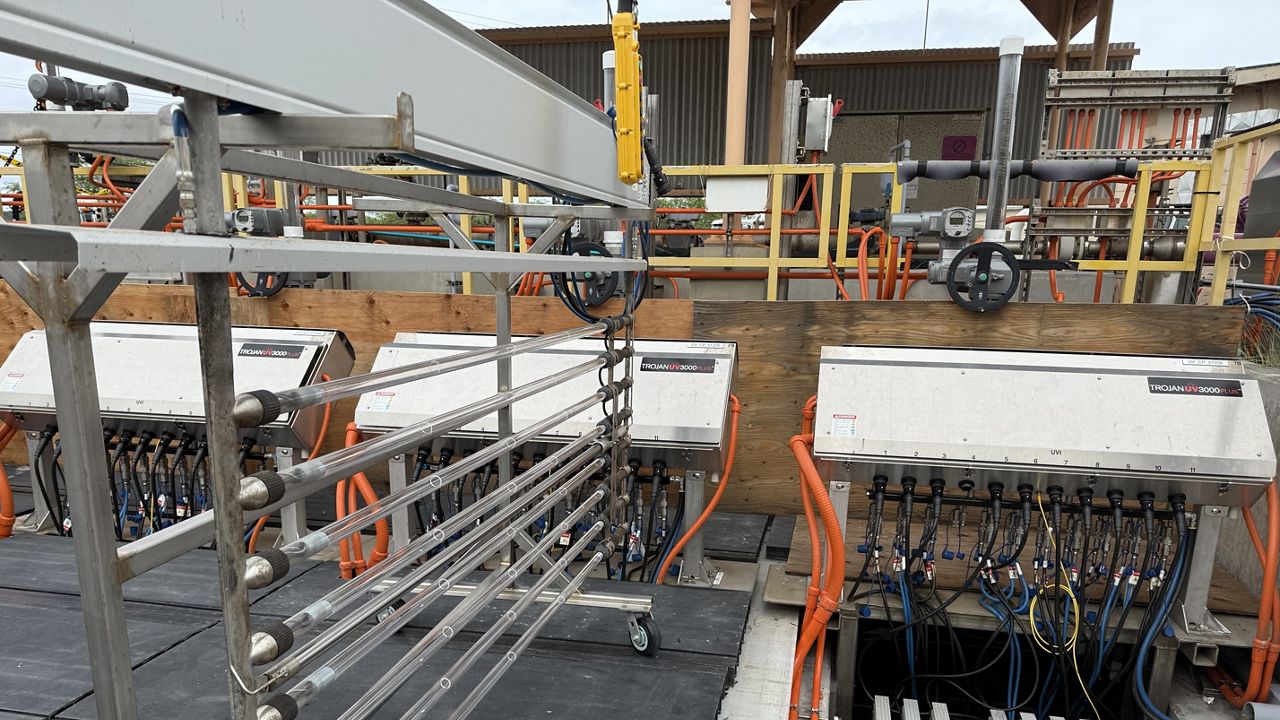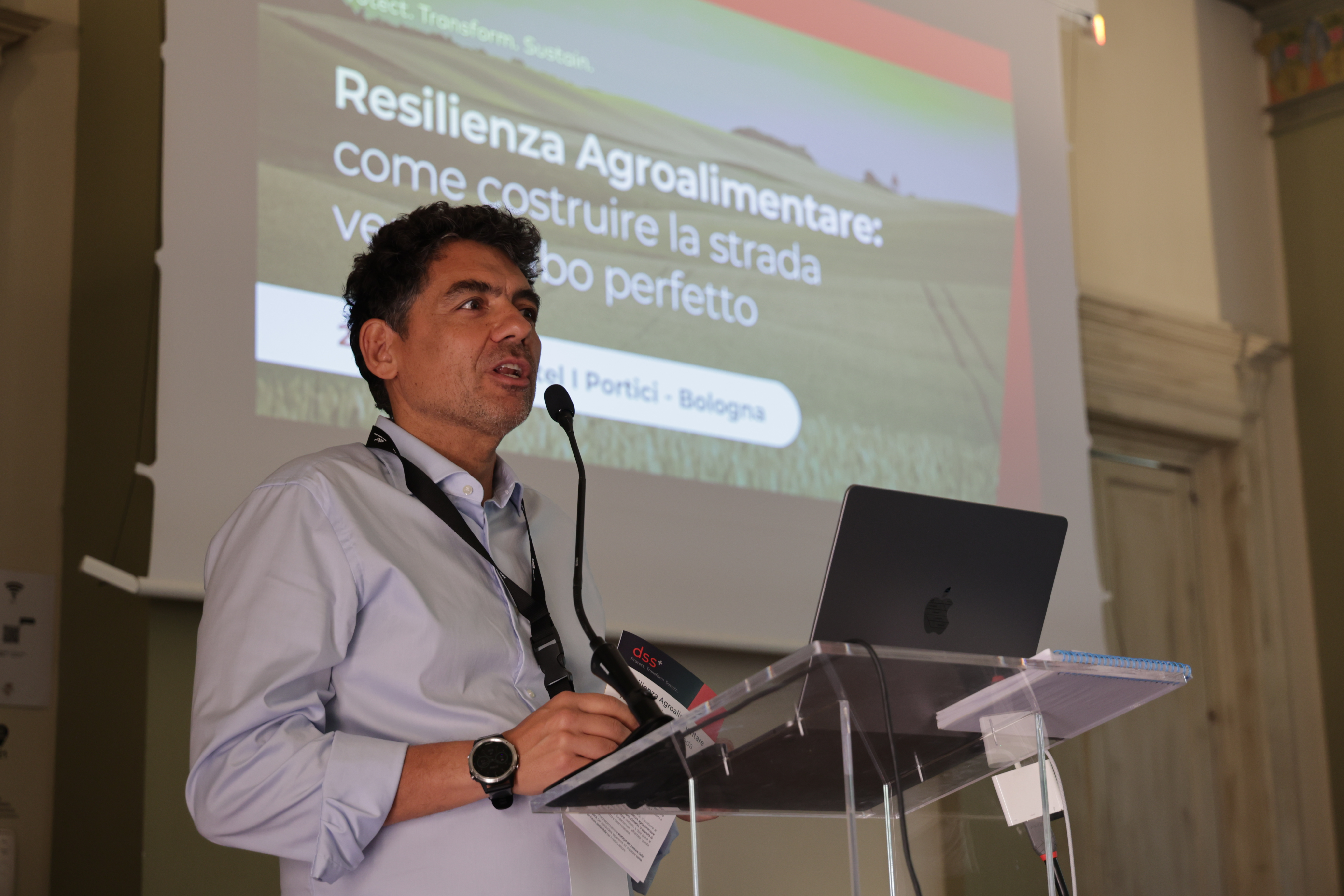Volatility and Change in Suburban Nonprofit Safety Nets
The study explores the effectiveness of nonprofit health and human service organizations in suburban and urban areas in the United States from 2000 to 2017, amidst rising suburban poverty. It finds that the nonprofit safety net is more responsive in urban centers, less effective in high-poverty suburban areas with significant Black populations, and not as countercyclical as expected. Disparities persist after accounting for demographic and socioeconomic factors.

Access full article here.
ABSTRACT
What is Your Reaction?
 Like
0
Like
0
 Dislike
0
Dislike
0
 Love
0
Love
0
 Funny
0
Funny
0
 Angry
0
Angry
0
 Sad
0
Sad
0
 Wow
0
Wow
0









































































